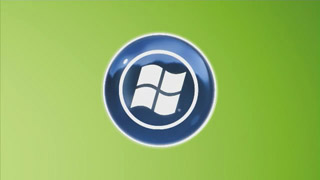2. Do not have your pass phrase your last name of first name
3. Don’t leave your wireless channel at six, change it to 2 or 11
4. Don’t leave your wireless network open enable some sort of encryption
5. Place your wireless router in the middle of your home not next to a wall
6. Don’t place your wireless router next to large heavy objects
7. Configure your laptop not to automatically connect to a wireless networks named “linksys“
8. Don’t leave your passphase the same and change it every couple months
9. Don’t use only WEP encryption, enable WPA2 and your wireless network will be a lot safer.
10. Don’t use AES wireless encryption for wireless gamming it does slow your network down.
11. Don’t start configuring your wireless network until you have upgraded your wireless router firmware
12. Don’t purchase anything but wireless MIMO routers for home networks, MIMO routers will give you better coverage.
13. Don’t leave your transmit power at the default transmission level. If you need a strong signal turn it up, if you don’t turn it down to the minimum
14. Don’t place your wireless router in the lowest spot in your house. Place it as high as possible to give you the best coverage.
15. Don’t have your wireless antennas pointed in the wrong direction. Meaning your signal does not emit from the points, they emit from the sides.
16. Don’t expect to achieve those 108 mbps speeds that are advertised with MIMO routers….those speeds only are achieved under super ideal circumstances.
17. Don’t upgrade your wireless routers firmware over a wireless connection
18. Don’t upgrade your wireless routers firmware until you have reset your options to the defaults
19. Don’t confuse an access point for a wireless router. Wireless routers act as a firewall, access points do not.
20. Enable some sort of security on your wireless router, if you don’t you will be sorry
If you have a question we have the answer. Come check out the most popular wireless technology database on the internet http://www.wirelessninja.com Simple and Secure wireless networking. Come See us today!!
Article Source: http://EzineArticles.com/?expert=Eric_Meyer


